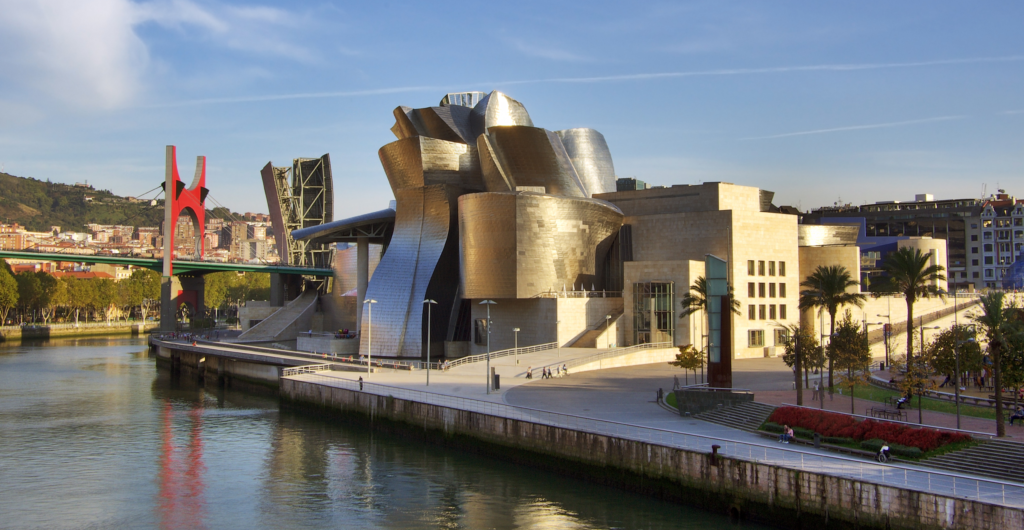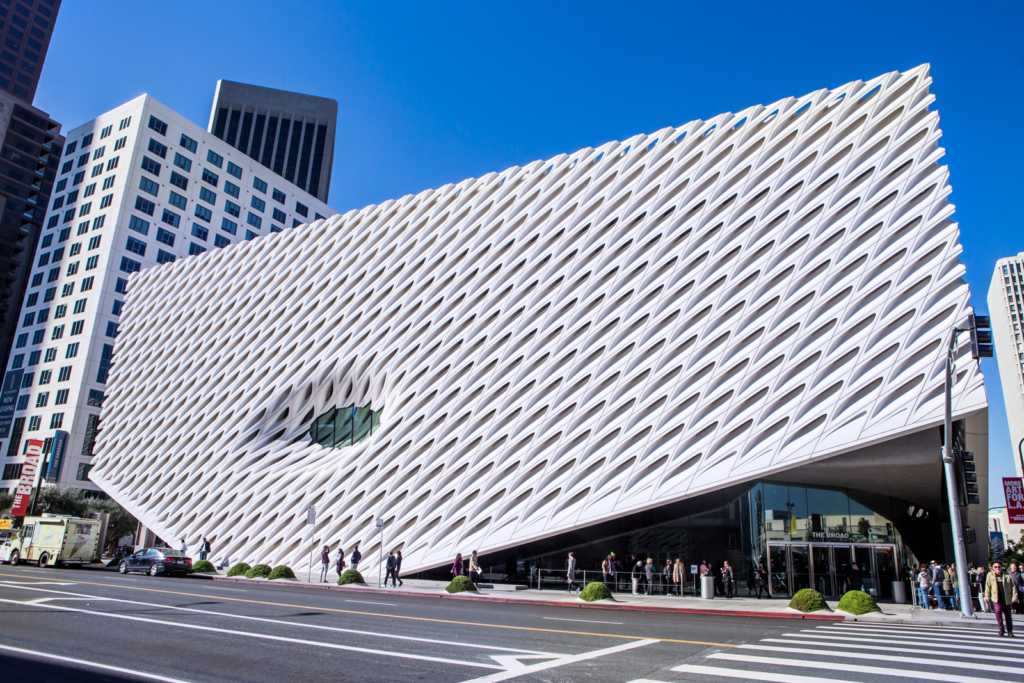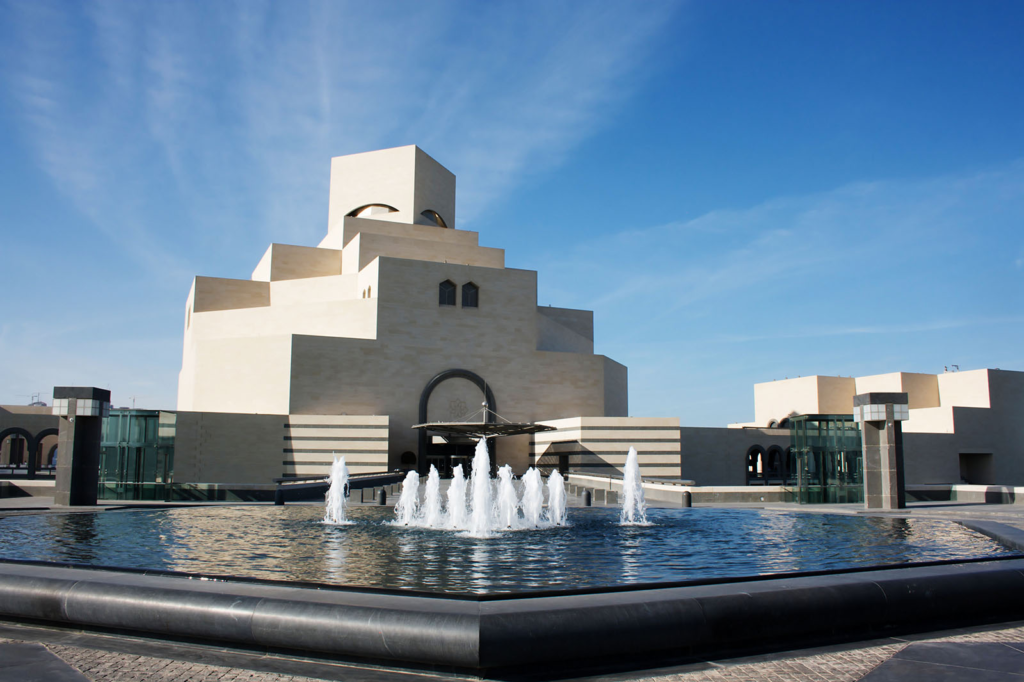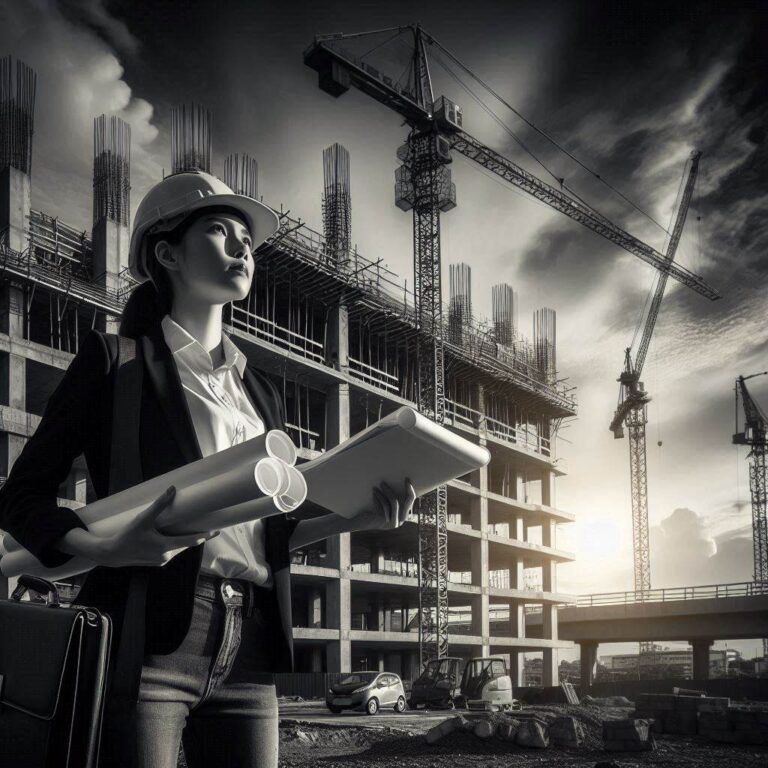The World’s Top 10 Museum Architecture Masterpieces of 2024
Architecture is the physical manifestation of culture, and nowhere is this more evident than in museums. These buildings are often as important as the artworks they house, offering visitors not only a space to appreciate art but also an opportunity to experience the sublime harmony of form, function, and context. Here are the top 10 museums in the world in 2024, not just for the art they showcase, but for the architectural brilliance that defines them.
1. The Louvre Abu Dhabi – Abu Dhabi, UAE (2017)
Architect: Jean Nouvel
Design Team: Atelier Jean Nouvel, Buro Happold
Location: Abu Dhabi, UAE
A triumph of neo-futuristic design, Jean Nouvel’s Louvre Abu Dhabi combines traditional Islamic architectural motifs with contemporary design language. Its signature feature is the enormous, geometric dome, a microcosm of Arab cosmology, casting a dynamic “rain of light” over the museum’s outdoor spaces. With its floating roof and modular gallery layout, the building plays with the concept of void and volume, reflecting the desert landscape and the sea in a tranquil synthesis. The interstitial spaces created by perforations in the canopy invite an interplay of light and shadow that is critical to the ethereal atmosphere of the site.

2. The Guggenheim Museum – Bilbao, Spain (1997)
Architect: Frank Gehry
Design Team: Gehry Partners, LLP
Location: Bilbao, Spain
Frank Gehry’s deconstructivist masterpiece remains a pinnacle of 21st-century architecture. The Guggenheim Bilbao’s sculptural form, with its undulating titanium surface, is reminiscent of both ships and fish scales, evoking Bilbao’s maritime history. Gehry subverts traditional spatial hierarchies, using unconventional shapes and flowing curves that seem to defy structural logic. The museum is a dialogue between solid forms and negative space, where orthogonal geometries give way to dramatic voids. Its fluidity, enhanced by reflective surfaces, blurs the lines between architecture and sculpture, merging the building with its riverside surroundings.

3. The National Museum of Qatar – Doha, Qatar (2019)
Architect: Jean Nouvel
Design Team: Ateliers Jean Nouvel, Arup Group
Location: Doha, Qatar
Inspired by the desert rose crystal formations found in the region, Jean Nouvel’s National Museum of Qatar is a striking example of biomimicry in architecture. Composed of interlocking discs, the building seems to emerge organically from the Qatari desert, blending seamlessly with its context. Nouvel’s design emphasizes the dynamic interplay of sharp, crystalline edges and broad, circular planes, creating complex interior volumes with fluid circulation paths. The spatial organization of the museum challenges traditional compartmentalization, offering visitors a journey through interconnected galleries that spiral outward like the petals of a rose.

4. The Broad – Los Angeles, USA (2015)
Architects: Diller Scofidio + Renfro in collaboration with Gensler
Design Team: Diller Scofidio + Renfro, Gensler, Arup
Location: Los Angeles, USA
The Broad is an exemplar of contemporary urban museum design, with a focus on permeability and lightness. The “veil-and-vault” concept, employed by Diller Scofidio + Renfro, involves a honeycomb-like exterior façade made of white concrete panels. This exoskeleton allows diffused natural light to penetrate the galleries, enhancing the display of contemporary art. The interior is a free-flowing space, where visitors experience art within an atmosphere of restraint and openness. The emphasis on filtered light and the porous exterior skin sets The Broad apart as an example of environmentally responsive design.

5. The British Museum – London, UK (2000 – Great Court Renovation)
Architect: Norman Foster (Great Court Renovation)
Design Team: Foster + Partners, Buro Happold
Location: London, UK
While the British Museum itself is an iconic neoclassical structure, Norman Foster’s renovation of the Great Court in 2000 transformed it into a modern architectural wonder. The immense glass-and-steel roof, one of the largest covered squares in Europe, drapes over the courtyard in a way that seems both monumental and delicate. The design bridges past and present, respecting the classical proportions of the original structure while introducing an advanced engineering feat of transparent, structural skin. This juxtaposition of old and new underscores the museum’s role as a cultural crossroads, where the architecture enhances, rather than competes with, its contents.

6. The Museum of Islamic Art – Doha, Qatar (2008)
Architect: I. M. Pei
Design Team: Pei Partnership Architects, Arup
Location: Doha, Qatar
I.M. Pei’s Museum of Islamic Art stands as a pristine example of modernist minimalism with a distinct reference to Islamic architecture. Situated on an artificial island, the structure draws inspiration from traditional Islamic forms such as the mihrab (prayer niche) and geometric precision found in Islamic art. Pei’s attention to symmetry and purity of form is evident in the layered cubist structure that unfolds with mathematical precision. Natural light, filtered through the windows and clerestories, casts complex geometric patterns within the interior, emphasizing the serenity and spiritual focus of the museum.

7. The Hermitage Museum – St. Petersburg, Russia (1764, original building)
Architect: Bartolomeo Rastrelli (Winter Palace)
Design Team: Rastrelli and various teams across centuries
Location: St. Petersburg, Russia
The Hermitage Museum, though constructed in the 18th century, remains one of the finest examples of Baroque architecture in a cultural institution. Bartolomeo Rastrelli’s Winter Palace, the central part of the museum, is a study in opulence, with an exterior of rhythmic pilasters, colossal columns, and richly decorated pediments. The vast scale of the building, its symmetrical form, and the vibrancy of its color palette (white, gold, and mint green) speak to the power and grandeur of Imperial Russia. The interior is a lavish combination of gilded moldings, mirrored surfaces, and intricate stucco work, offering a contrast to the understated modern museum spaces.

8. MAXXI – National Museum of the 21st Century Arts – Rome, Italy (2010)
Architect: Zaha Hadid
Design Team: Zaha Hadid Architects, Arup
Location: Rome, Italy
Zaha Hadid’s MAXXI is an architectural investigation into fluidity and movement. The structure’s sinuous, free-form lines reflect Hadid’s fascination with non-Euclidean geometries, with spaces that flow uninterrupted into one another. The museum rejects traditional box-like enclosures in favor of interlocking volumes and suspended pathways, creating a series of dynamic, multidimensional spaces. The interior is a labyrinth of intersecting planes and cantilevered forms, where natural light filters through skylights and perforated surfaces. MAXXI’s innovative design redefines how museums can be experienced, with architecture and art inseparably intertwined.

9. Museo Soumaya – Mexico City, Mexico (2011)
Architect: Fernando Romero
Design Team: FR-EE (Fernando Romero Enterprise)
Location: Mexico City, Mexico
The Museo Soumaya, designed by Fernando Romero, stands as a striking symbol of contemporary Latin American architecture. The museum’s undulating, amorphous form, clad in thousands of hexagonal aluminum tiles, gives it a sculptural quality that is both futuristic and organic. Its curved, column-free interior spaces provide maximum flexibility for exhibitions, while the building’s distinctive profile—a blend of sinuous lines and sharp edges—makes it a landmark within Mexico City’s cultural landscape. The reflective surfaces of the façade engage the surrounding environment, allowing the museum to change appearance as the light and weather conditions shift.

10. The Whitney Museum of American Art – New York City, USA (2015)
Architect: Renzo Piano
Design Team: Renzo Piano Building Workshop, Cooper Robertson
Location: New York City, USA
Renzo Piano’s design for the Whitney Museum in Manhattan’s Meatpacking District epitomizes functional minimalism. The structure’s industrial aesthetic, with exposed steel beams and large glass facades, reflects the museum’s focus on contemporary American art. The stacked and cantilevered volumes create dynamic viewing platforms, offering sweeping views of the city and the nearby High Line park. Piano’s careful attention to proportion and materiality allows the building to merge with its urban surroundings while maintaining a distinct presence. The interior spaces are flexible and open, allowing curators to adapt them easily to a wide variety of exhibitions.

These museums embody the confluence of architectural innovation and cultural identity. Each building reflects the ethos of its region and the narrative it seeks to convey, while pushing the boundaries of form, material, and structure. Whether through the evocation of local vernacular architecture or the incorporation of cutting-edge engineering solutions, these museums transcend their role as mere repositories of art, becoming iconic landmarks in their own right. The mastery of light, space, and form displayed in these designs solidifies their standing as some of the finest architectural achievements of the 21st century.


